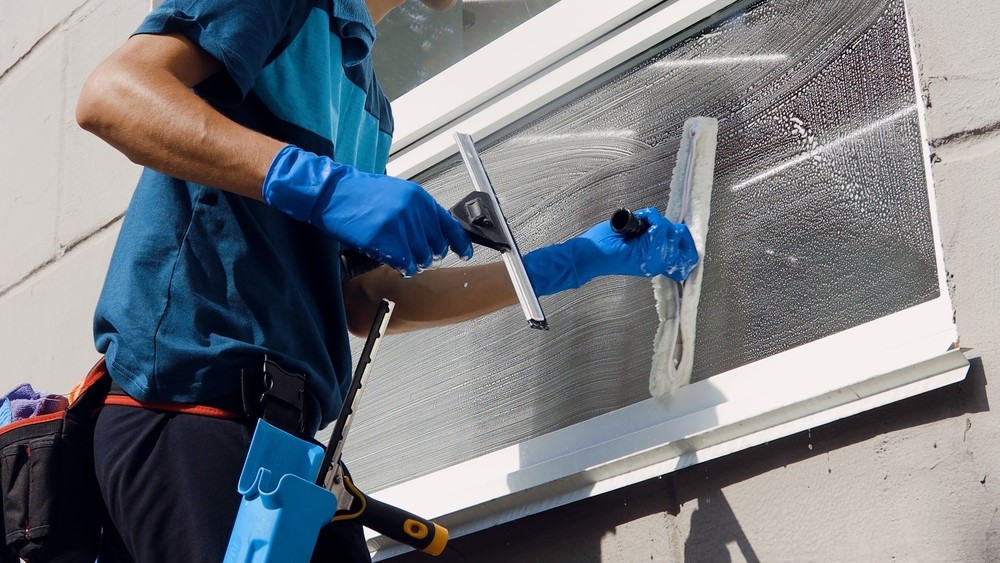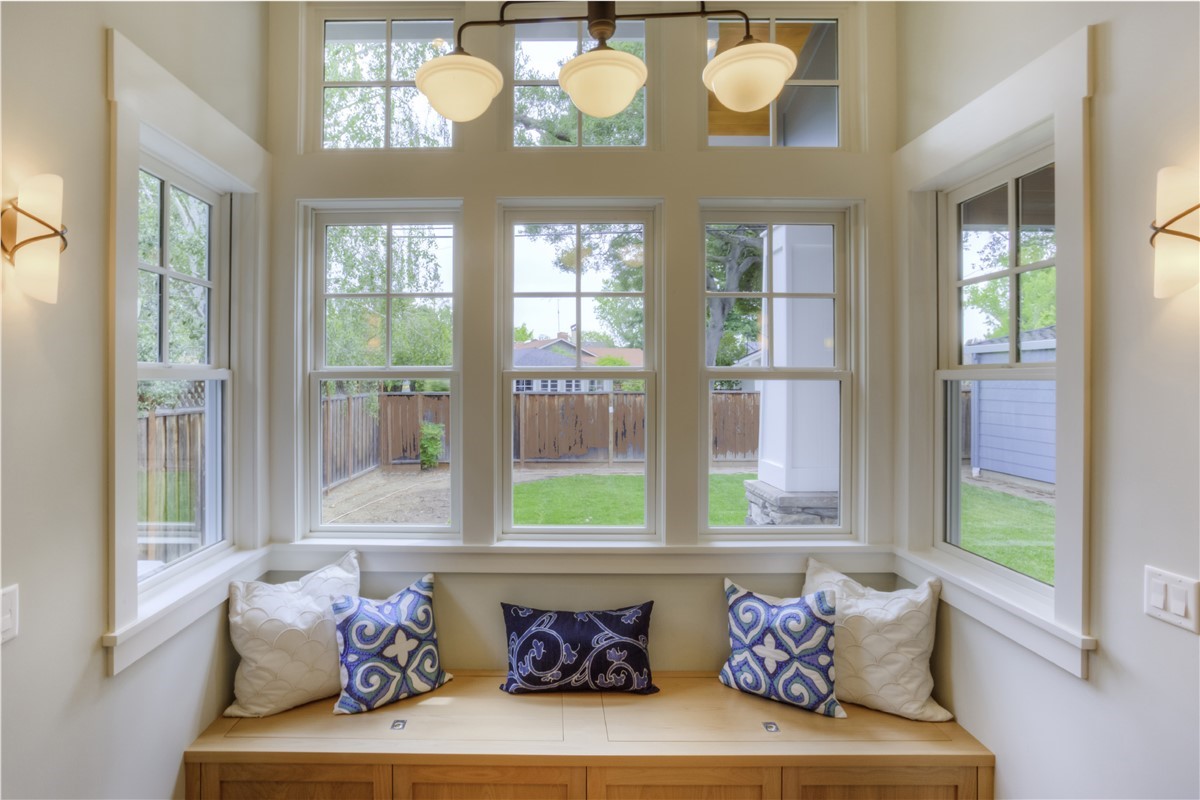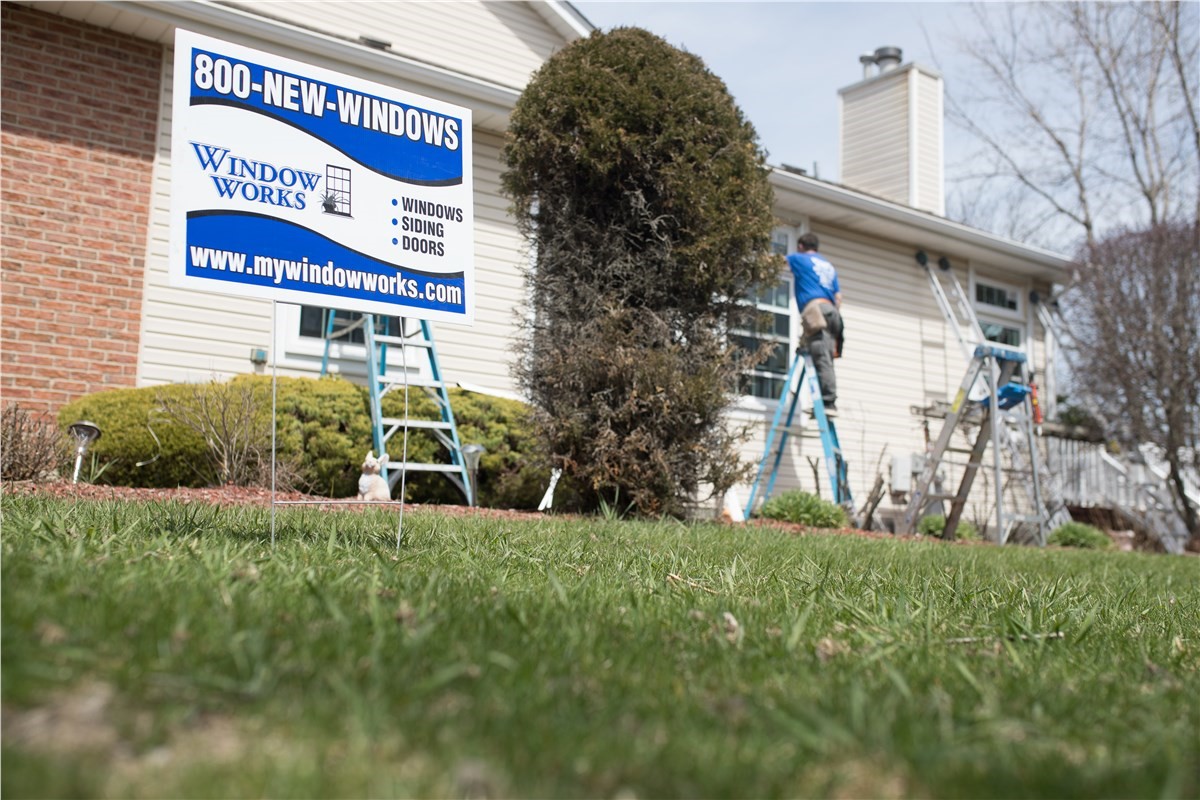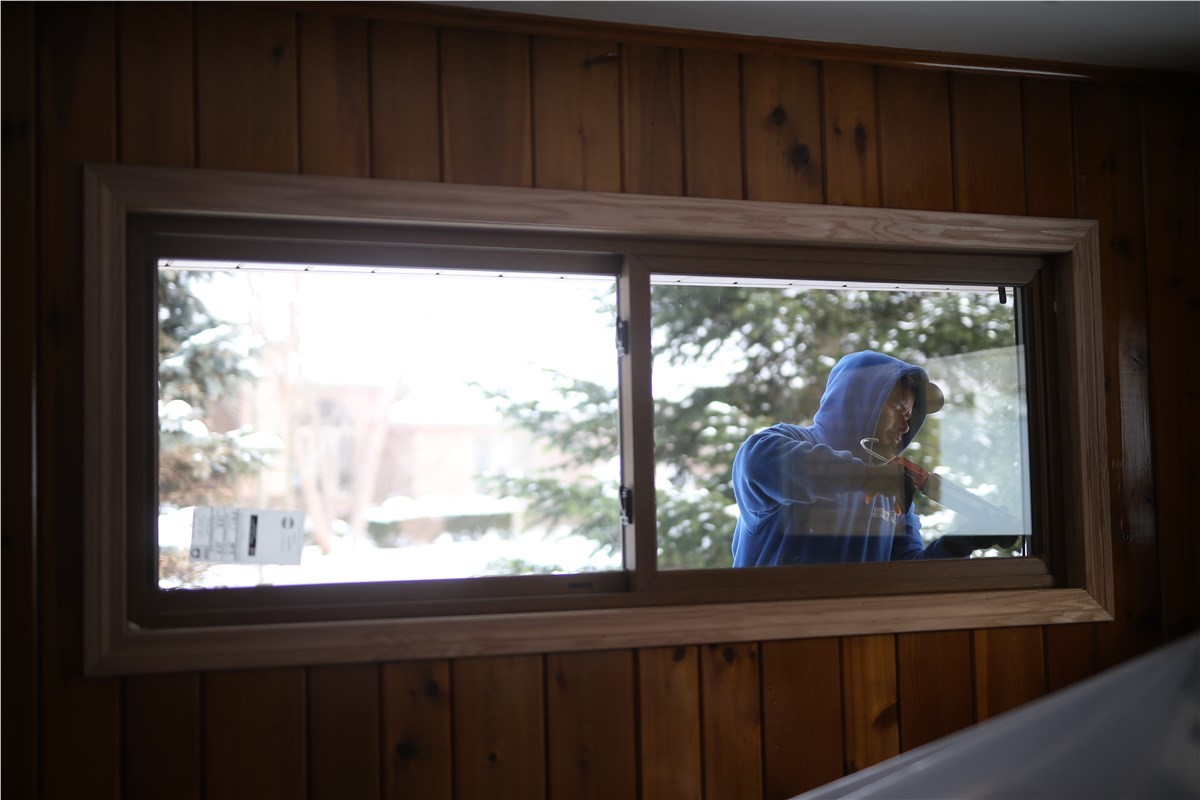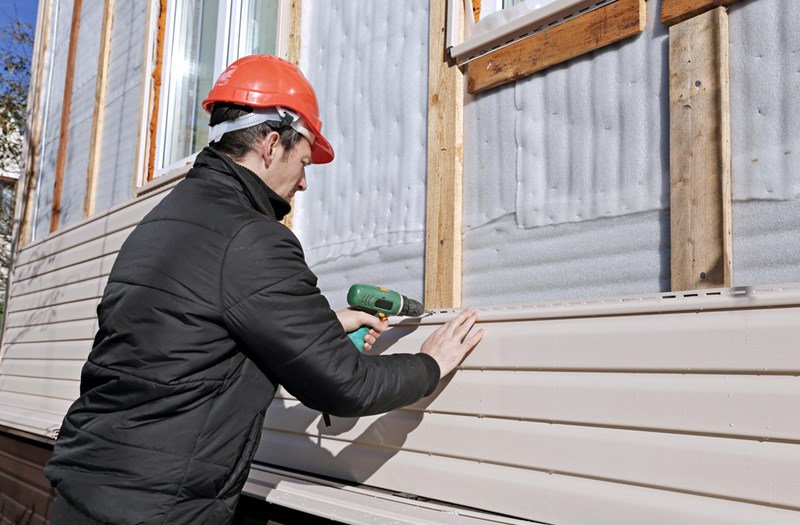
1. Frequent Painting - Quality siding keeps its color and shape for roughly 10 years or longer, so if your home needs frequent painting (every five or six years), it’s time to consider siding replacement.
2. Warping or Rotting - Examining the exterior of your home is a great way to find potential problems. Before you head outside to take a good look at your siding, grab a screwdriver and as you inspect the exterior, keep an eye out for warped siding, rotting boards or any other significant signs of distress. When you find warped siding, use your screwdriver to poke around underneath the siding to get a feel for how strong and solid the under layer is. If you discover that the layer is soft or rotting, or both, you definitely need to remove and replace your current siding.
3. Holes - You also want to be on the lookout for any holes in your siding, because even a small hole can be a serious concern. Generally, holes in siding are created by insects, but pests aren’t the only thing you have to worry about if you see holes. Holes in siding make your exterior vulnerable and can lead to moisture getting into and underneath your siding, which can result in extremely extensive and costly repair bills.
4. Bubbles - Siding is designed to keep moisture away from your walls and bubbles are almost a guarantee that water has gotten trapped in your siding, which can cause further damage.
5. Loose and/or Cracked Siding - This is an aspect of siding that isn’t necessarily an immediate cause for concern. Siding stands up to the elements, so some wear and tear is to be expected. If there are only a few boards that seem loose or cracked, keep an eye on the area. If you see large sections of loose or cracked siding, check the layers underneath for damage because ignoring these signs can lead to serious water damage.
6. Mold, Mildew and/or Fungus Growth - Mold, mildew and/or fungus growth may not detrimental to your siding, but if you see any of these it’s important to dig a little deeper and investigate. These growths can be a sign that water is being held inside the wall, so if you see any mold, mildew or fungus, it’s a good idea to do a little digging to see what is causing this.
7. Dry Rot - When you’ve got your screwdriver with you, tapping sections of siding with the handle can be a way to check for dry rot before there are any visible signs. Dry rot is a serious concern because it begins below the surface of the siding and rots it away until the exterior siding is virtually all that is left for protection.
8. Fading - You can expect fading to occur as your siding ages, but if you notice severe fading, you may be in need of replacement siding. Serious fading can be a sign that the original waterproofing of the siding has deteriorated as well due to age.
9. Damaged Interior Walls - Because damaged siding allows moisture to penetrate the layers underneath, it is possible that peeling paint or loose wallpaper inside the home are indications that siding needs to be replaced.
10. Excessive Heating and Cooling Bills - Bad siding is not the only contributing factor to high heating and cooling bills, but it can alert you to a problem. You will need to take a look at your roof, doors, windows and insulation in addition to your siding to determine which one is causing your heating and cooling bills to increase.
See any of the above listed on your home? Give the professionals at My WindowWorks a call today to see how we can help you keep your home well protected!
Tags
Subscribe to WindowWorks's Blog
